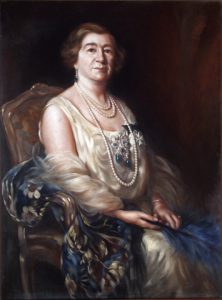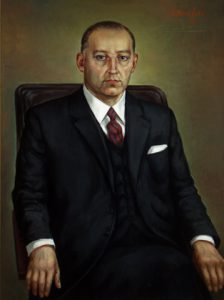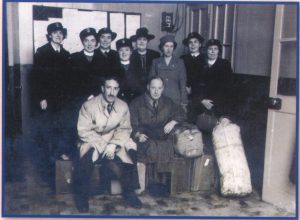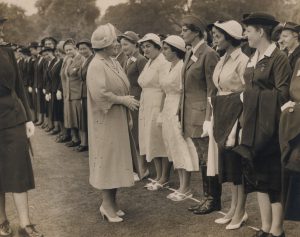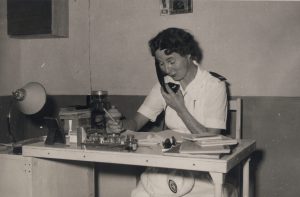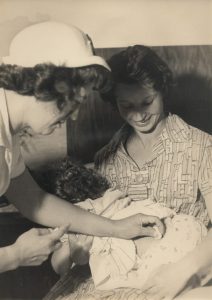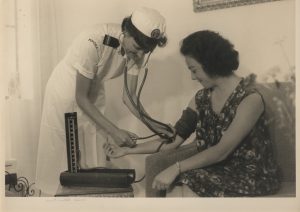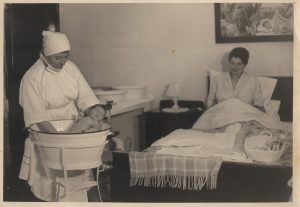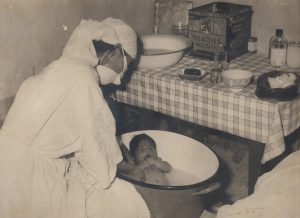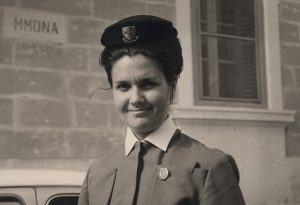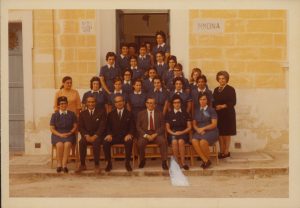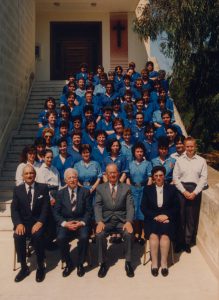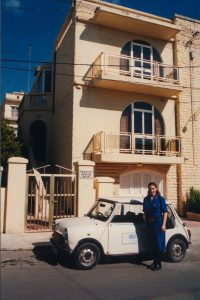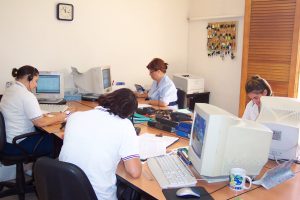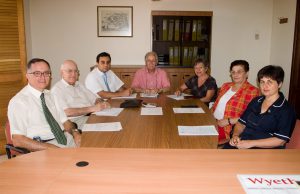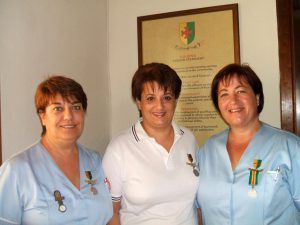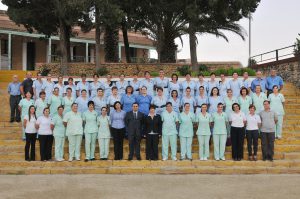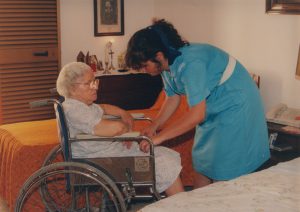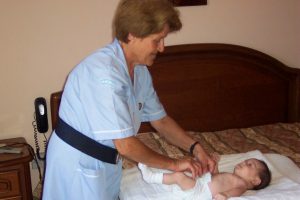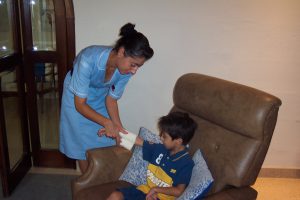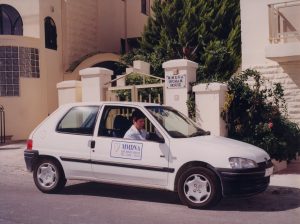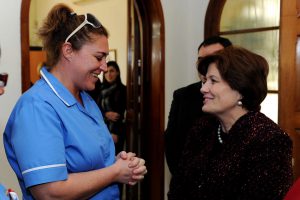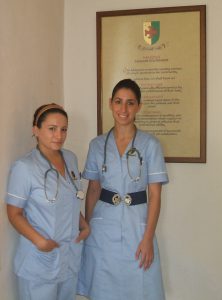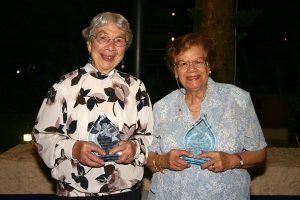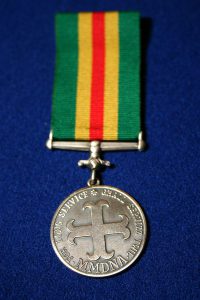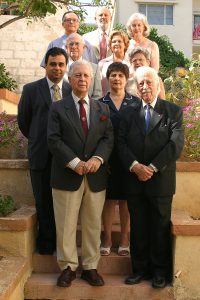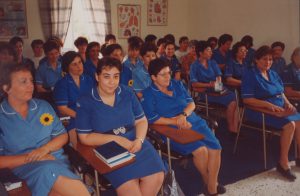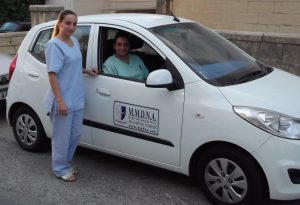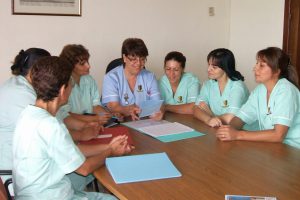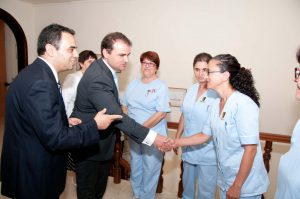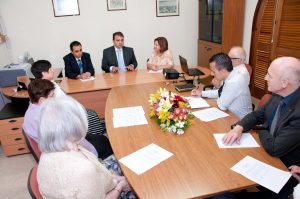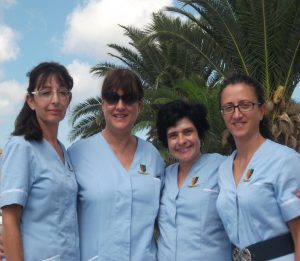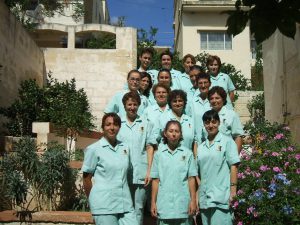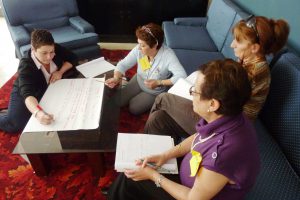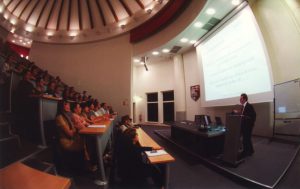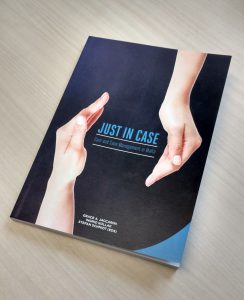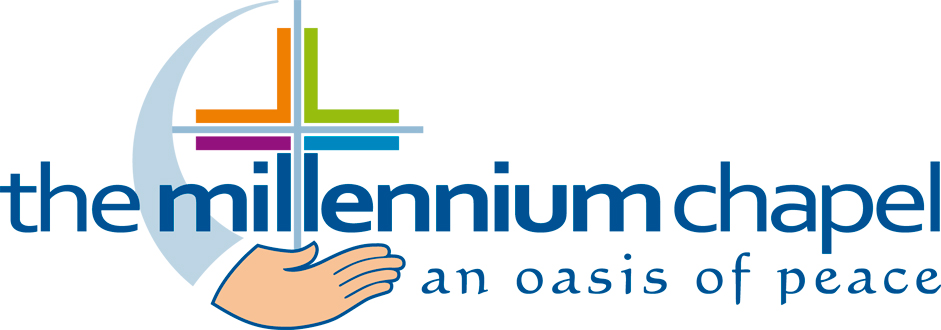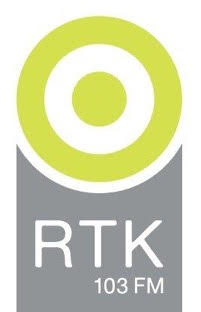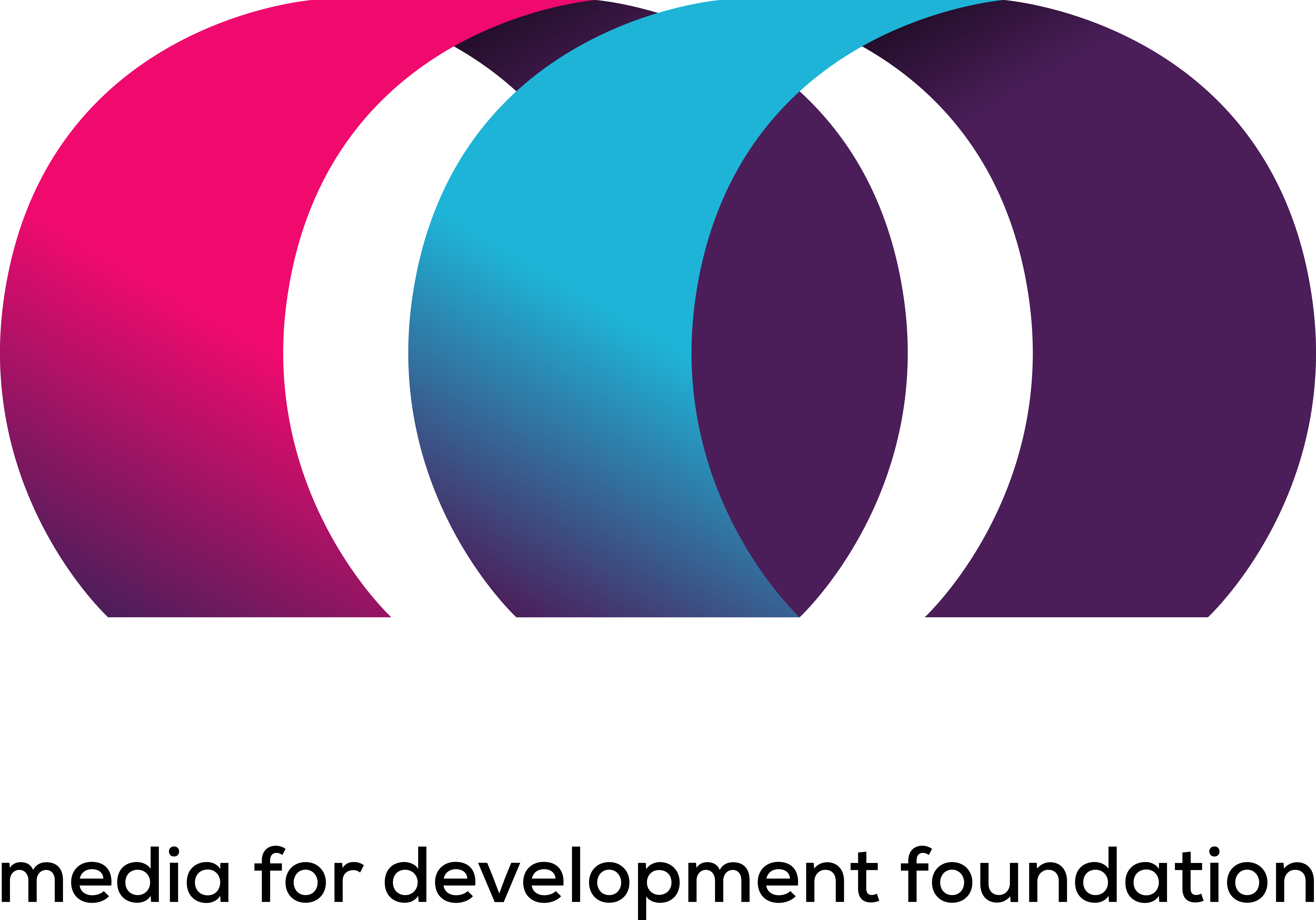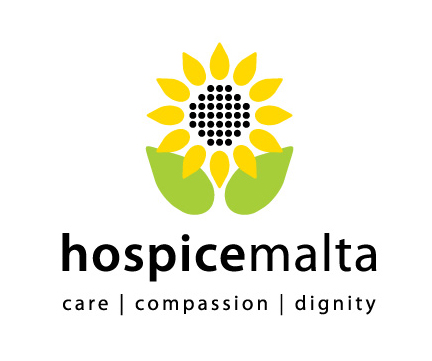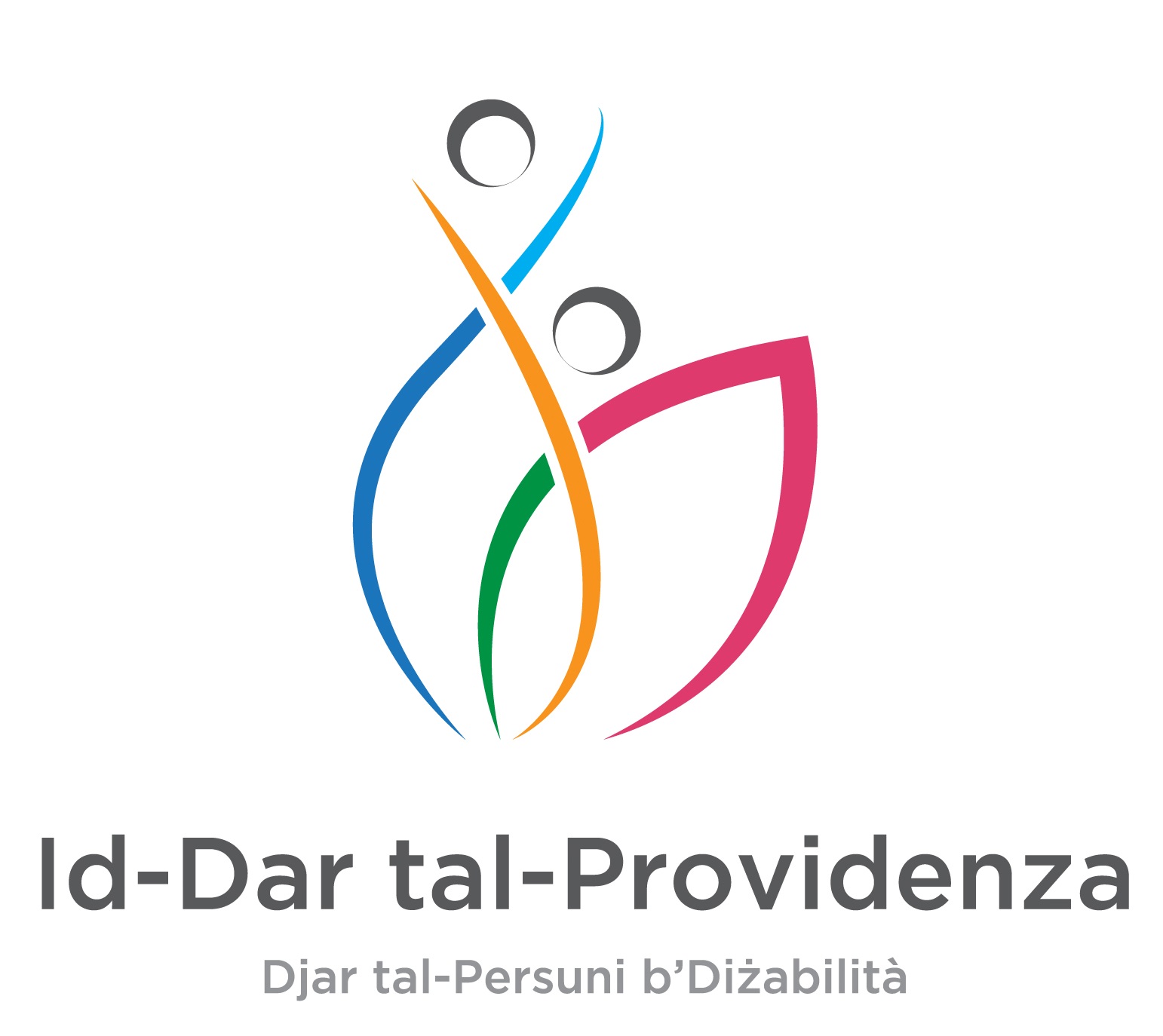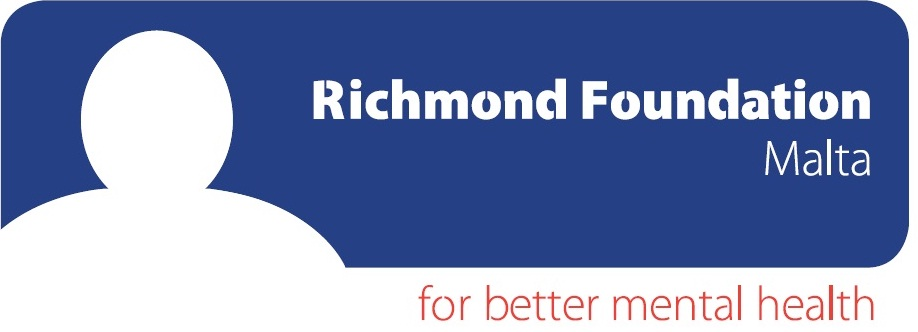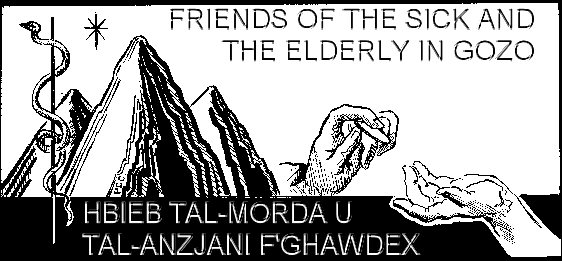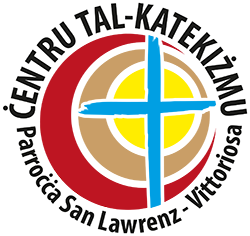The year is 1944. World War II rages on, with the Allied forces slowly but surely closing in on Nazi Germany. The end is in sight, but Europe is in ruins. The island of Malta is recovering from a bitter two-year siege. A crucial strategic stronghold in the Mediterranean, the Axis powers had resolved to bomb it into submission. Over 3000 air raids later, the country is in shambles but its spirit is strong. The road to recovery will be long.
Sickness is rampant among the weary population, and the medical services on the island are stretched far too thinly to care for all those in need. One man, Captain Robert Ingham, takes it upon himself to create a home nursing scheme for the people of Malta and Gozo. The organisation would serve as a living memorial for those who had perished during the Second Great Siege of Malta. This is the story of the Malta Memorial District Nursing Association.
Captain Ingham MBE, LLD (Honoris Causa Malta) was a member of the British Army who served in Malta on the Food and Commerce Board. He was made a Member of the Order of the British Empire in 1951, and the Royal University of Malta awarded him a Doctor of Laws (LLD) honoris causa. After the siege in 1944, he returned to the United Kingdom and collected around £3000 to fund a district nursing service for the Maltese Islands. The scheme was launched on the 27th of July of that same year by the Governor of Malta, Lieutenant General Sir Edmund Schrieber. Captain Ingham was heavily involved with the Association from its inception till the day he died in 1973 at the ripe old age of 81. In recognition of his dedication to the cause, the MMDNA adopted his family shield and motto – “In Veritatae Victoria”, or “Truth is the Path to Success”.
The MMDNA was formally established on the 1st September 1945, with a committee meeting held at The Grandmaster’s Palace, Valletta. Under the chairmanship of Lady Schrieber, the Governor’s wife, the Association drafted a statute and adopted the Scheme launched by the Governor. The core principle of the MMDNA was set in stone from the very first meeting – the Association’s nurses would serve *all* classes of the community, and all would receive equally excellent service. The organisation came together quickly over the next few months, with two Councils being formed – one locally and one in England – and temporary offices procured. By the end of 1945, the Association’s foundations had been firmly laid. There was was, however, a crucial component of the plan that had yet to fall into place – there were still no nurses to do the rounds.
Training nurses was a priority from the beginning. The MMDNA planned to open a school for nurses with the aid of Blue Sisters Hospital in St Julian’s, with Professor PP Debono as Director. Extensive research was made into this endeavour, and it quickly became apparent that setting up a school would take considerable time and resources. Rather than wait for two years to get the project off the ground, the Council opted to train nurse assistants instead and employ professional nurses from the UK in order to provide a service as soon as possible. Ten nurse assistants were trained at the Blue Sisters hospital under the supervision of eight Queen’s nurses from the UK. The plans for a local school for nurses were postponed, due to the Blue Sisters hospital being under-equipped and generally unsuitable for the task with its patient capacity at the time.
The entire training programme was being coordinated by Colonel RW Raven, a surgeon and commander at the General Hospital in Mtarfa. As he worked on the setup of the MMDNA, Colonel Raven also formed the Council for Britain. Through this council, Her Majesty Queen Mary came to know of the MMDNA and its mission and soon donated to the cause. She also paved the way to a partnership with the Queen’s Institute of District Nursing, who eventually provided five qualified British nurses and a Superintendent to the MMDNA. The Council for Britain later made arrangements to have Maltese women trained as nurses in the UK. With this agreement in place, the MMDNA’s plans to start a local nursing school were eventually abandoned, and the local Government successfully launched its own nursing school a few years later.
On the 7th February 1947, almost two years after the founders of the MMDNA set their scheme for home nursing in motion, five Queen’s Nurses walked out the door of the Nurse’s home in St Julian’s and provided Malta’s first district nursing service to the locals. It was initially suggested that the service be restricted to the harbour areas, but this idea was turned down and the committee decided to offer the nursing service to those localities that needed it the most. Midwifery was especially critical in areas such as Balzan, Lija, and Attard. The organisation only owned one car in this early phase, so many of the nurses walked to their patients or relied on buses or “pony shanks”. The Maltese students got along well with the Queen’s Nurses, and while it took the Maltese patients a while to get used to the concept of home nursing, the idea caught on and the organisation grew.
District nursing, although new in Malta, was not unheard of in the UK. It was pioneered in Liverpool, in 1859, by a philanthropist called William Rathbone. Rathbone’s wife suffered from a terminal illness, and he employed a hospital-trained nurse to care for his wife as her health deteriorated. He realised the impact that bedside care could have on a suffering patient, and after the sad occasion of his wife’s passing he decided to develop the idea further. If dealing with such a debilitating illness was so difficult for him and his wife, how much harder would it be for the poorer people in his society who afforded no luxuries or skilled medical practitioners? Rathbone employed nurses to care for the poor in their homes, and in time helped establish the Queen’s Institute for District Nursing, with the help of Florence Nightingale, as the district nursing spread all over Britain. It was this very institute that provided the MMDNA with its qualified nurses in its formative years and imparted the high medical standards which the organisation retained for its long years of service.
Both William Rathbone’s original home nursing organisation and the fledgling MMDNA faced the same problems in their early days – that of finding enough qualified nurses to care for the huge number of sick and needy. By the early 1950s, the MMDNA had lost a number of nurse assistants through marriage, and employment was difficult due to the Archbishop’s insistence that any British nurses joining the organisation had to be Roman Catholic. The Archbishop eventually relented and three non-Catholic nurses joined the ranks.
An additional problem faced by the MMDNA however, was that of the ever-present lack of funds. Despite the speed at which district nursing caught on in Malta, it soon became apparent that the little income generated through subscriptions and nursing fees would be nowhere near enough to sustain the organisation in the long term. Many fundraising activities were organised, including an annual Ball, Garden Fete, and Flag Day, but depending on such events for income was not a viable long-term solution. In 1949, the MMDNA succeeded in getting a yearly £1000 grant from the Government, which was gradually increased to £6000 in 1965.
In 1973 the relationship between the MMDNA and the State changed considerably. The Association requested remuneration for the services it offered to the members of the general public with a “Pink Card” – a health benefit card issued by the Department of Health. From this point onwards, the relationship of the MMDNA with the Department to that of a contractor rather than simply a collaborator. This was a critical step in the evolution of the organisation and cemented its place in the healthcare system of the island. The demand for a home nursing service grew rapidly, and the MMDNA carried out more and more visits each year. The high standard of nursing offered by the association, along with the pleasant attitude of its many nurses, ensured that it gained an excellent reputation among the Maltese public.
The new agreement between the MMDNA and Department of Health worked well for both parties and was renewed (and extended) for a second year. Retrospectively however, the next eight months of unfettered service were simply the calm before the storm. The Government, for some reason or other, decided not to renew the newly-established contract, and the MMDNA lost not only the payments it received through the contract but also the annual subsidy which it had received since 1949. The organisation’s finances were suddenly in disarray. Half the association’s employees had to be dismissed and the large Nurse’s Home in St Julian’s was closed down in favour of far smaller premises in Tal-Qroqq, near the University. For eight years, the MMDNA provided its service only to subscribers, with the annual subscription rising to Lm5 to cover increasing costs.
Despite this disappointing break-up, the MMDNA kept close contact with the Department of Health and in 1982 was given the responsibility of providing home nursing services to outlying areas of the Islands on behalf of the Department. The number of areas outsourced to the MMDNA gradually increased, and in 1990 the MMDNA assumed full responsibility for home nursing and post-natal services throughout the entirety of the Maltese Islands. It was also put in charge of the “Home Help Service” and a Scheme for Special Care to Diabetics. This tight coupling between the governmental health services and the MMDNA remained until the closing down of the organisation.
In 1996 the organisation moved to more spacious premises in San Gwann. During the final years of its existence, MMDNA had a fleet of 60 cars and clinical staff carried out an average of 1500 home visits a day; the elderly represented 85% of these visits. The call centre was operated every day of the year, with two teams working on 12 hour day-in-day-out shifts and the 144 members of staff included 132 qualified clinical personnel, namely nurses, midwives, carers and paramedics and 12 others in administration. MMDNA provided professional care services with a smile to homebound persons around all corners of the Islands. This was much appreciated by all concerned!
In order to further develop ideas and share new knowledge about cutting-edge healthcare practices, the Association organised some workshops about Care and Case Management in April 2013. The Programme was led by Prof. Dr. Ingrid Kollak PhD and Stefan Schmidt M.Sc, who both came from the Alice Salomon University of Applied Sciences in Berlin (ASH). This learning experience for 33 participants included some of its own staff members, as well as other healthcare professionals, working in the community care centres, primary, secondary and tertiary healthcare settings. This experience, later led to the publication of the “Just in Case” handbook by the workshop leaders and Mrs Grace Jaccarini. This book explains the essence of Care and Case Management and presents local case studies showing how this approach can be used to meet the needs of particular groups of individuals having complex care needs.
Sadly MMDNA’s active role in domiciliary care in the community was not to last beyond 70 years. MMDNA’s contract with the government was dissolved and the organisation had to wind down its operation in 2015. Despite no longer offering nursing services, MMDNA will be remembered for the high professional standards it cultivated in its staff, all of whom have now moved on to work with other healthcare providers. The remaining assets have been donated to 12 specially chosen community organisations, who were seeking sponsorship for their new projects in the field of health, education, environmental, and social needs, for the benefit of different people in the community. Thus MMDNA helped to give birth to these new important ventures in Maltese society.
Finally, this online presence will give testament to the seventy years of service to the community – all the community, rich and poor, as promised.


